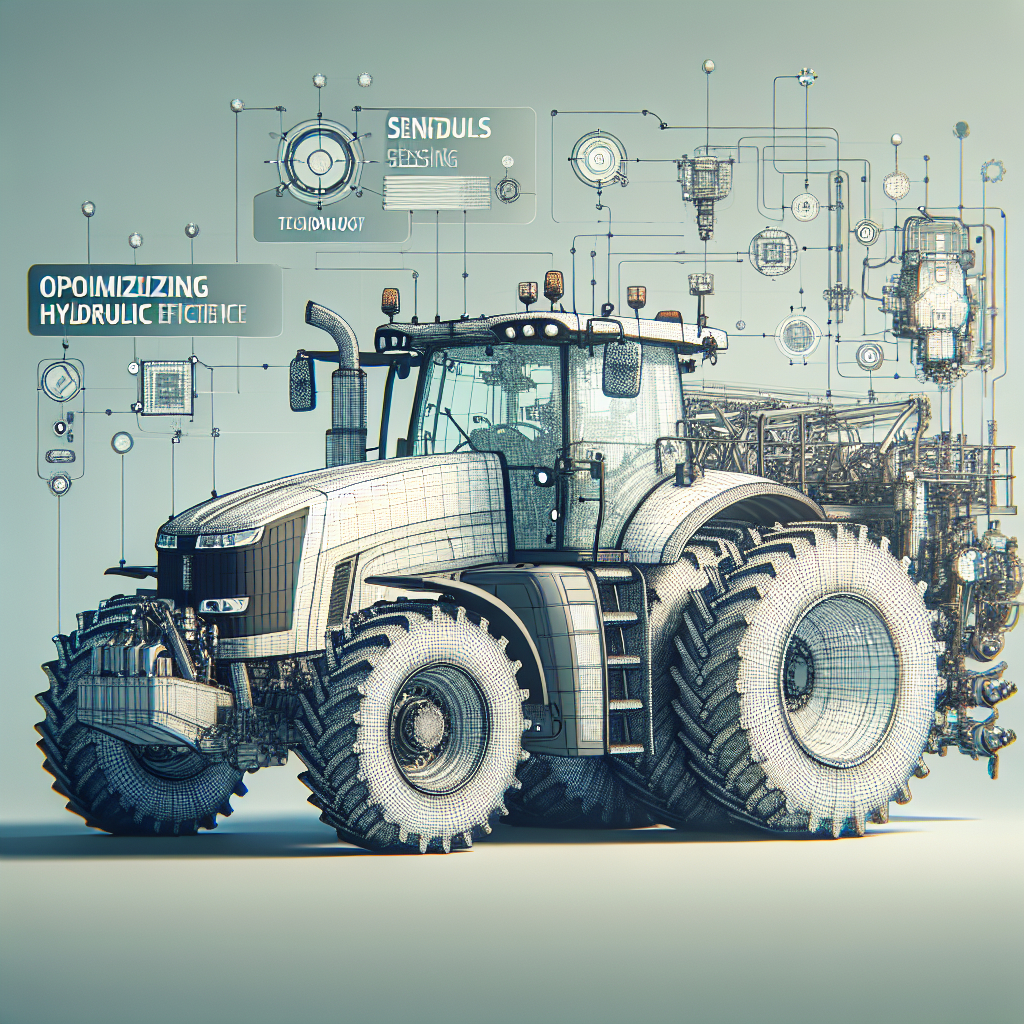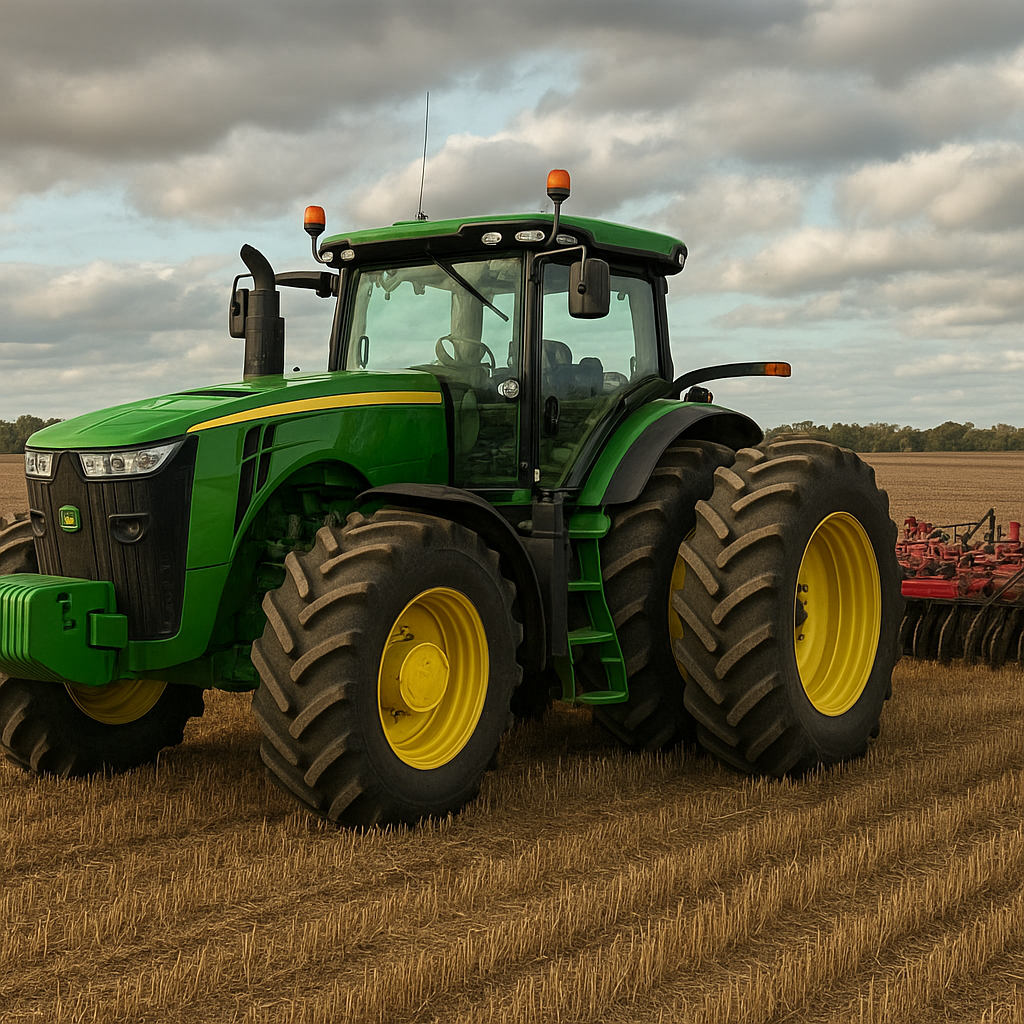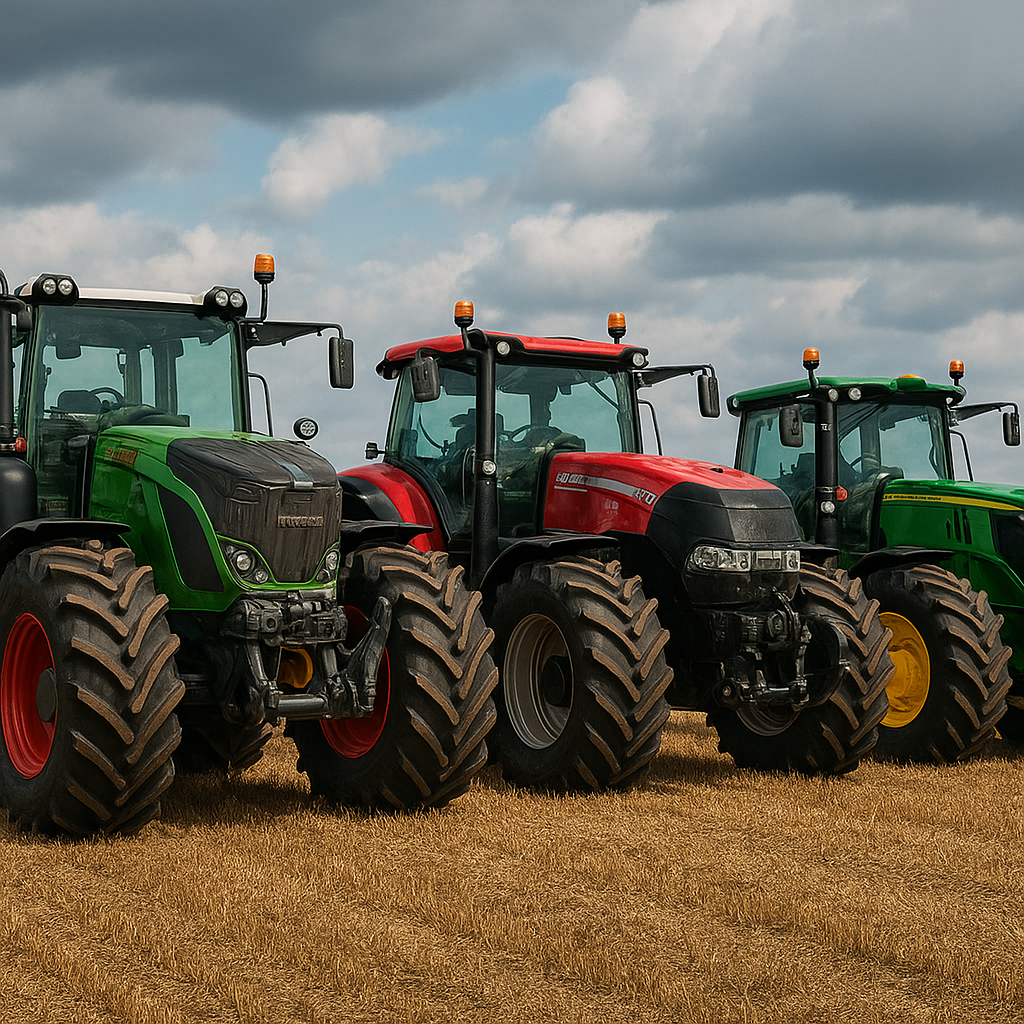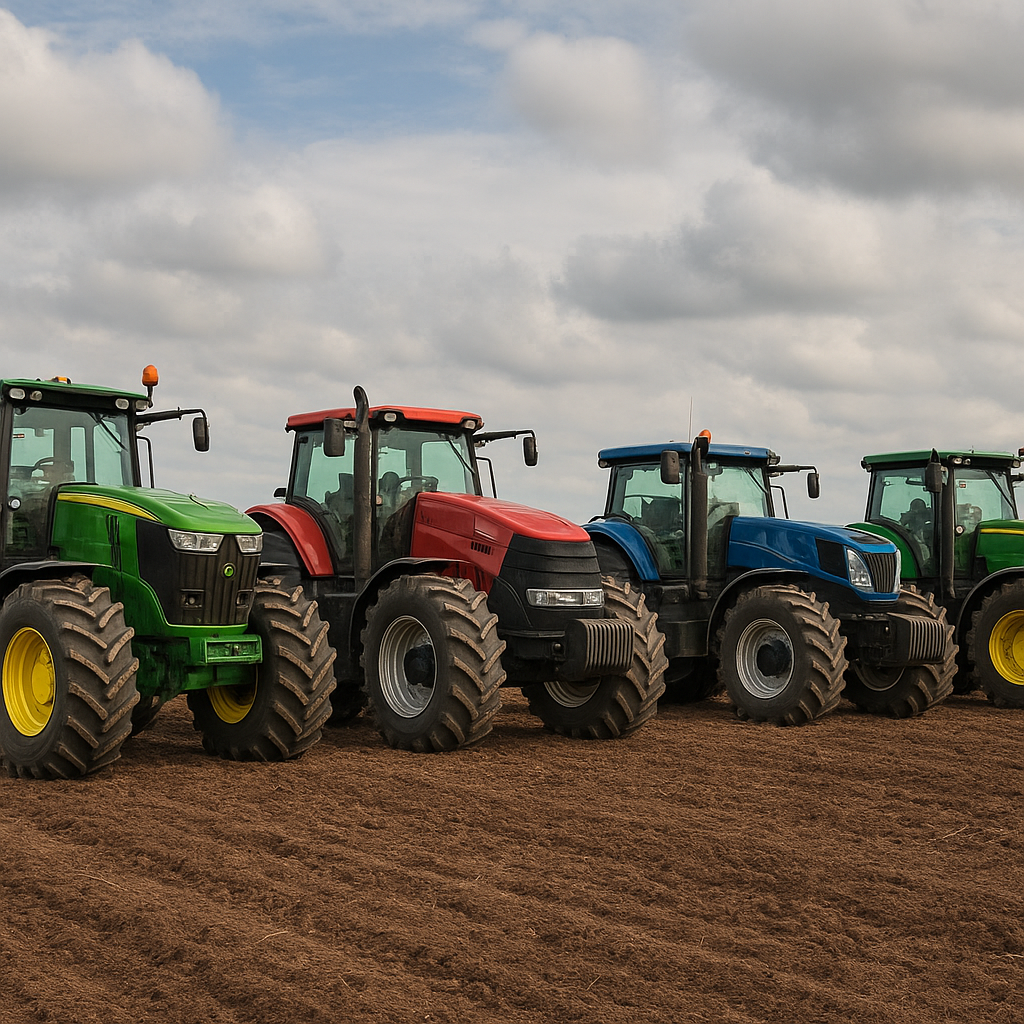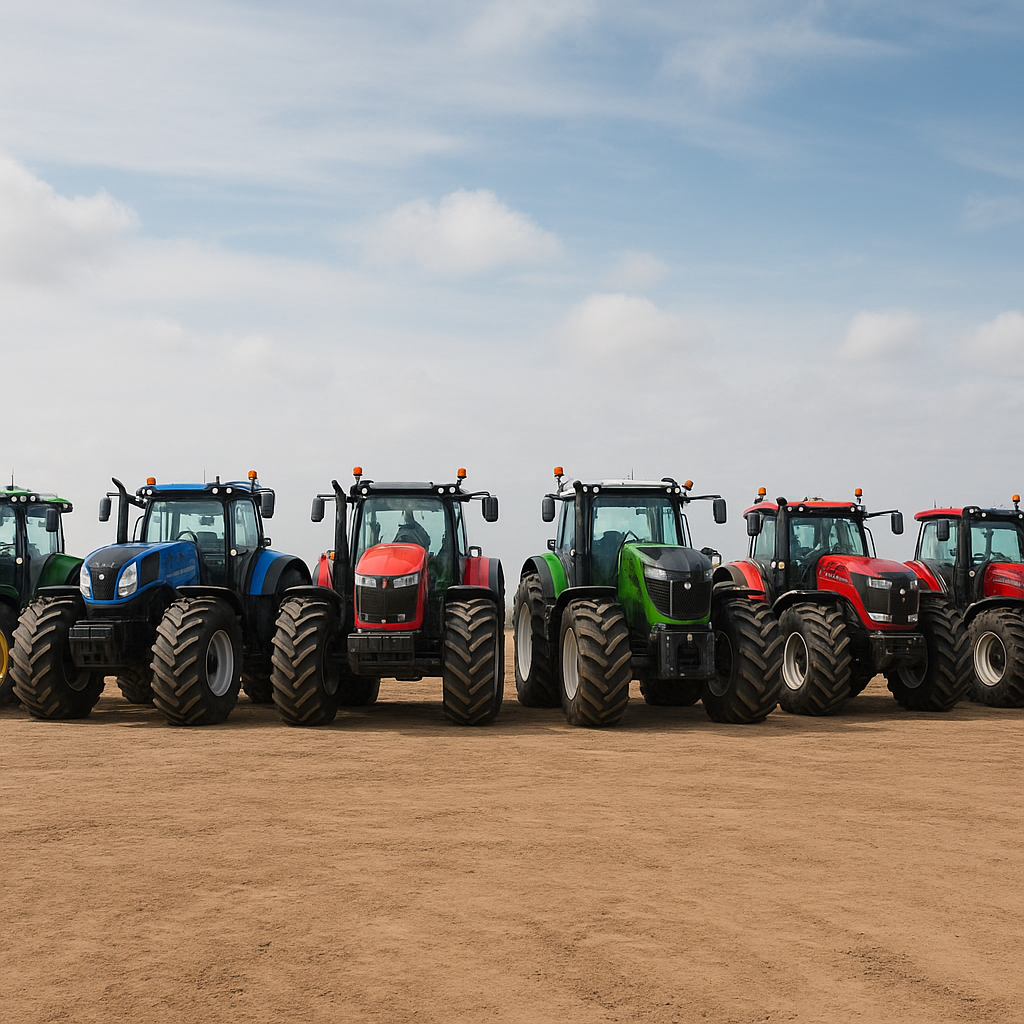Tractor Load-Sensing Technology: Optimizing Hydraulic Efficiency
Tractor load-sensing technology has revolutionized the agricultural industry by optimizing hydraulic efficiency and enhancing overall performance. This advanced system allows tractors to automatically adjust hydraulic pressure and flow based on the load requirements, leading to significant fuel savings, reduced wear and tear, and improved productivity. In this article, we will delve into the intricacies of load-sensing technology, its benefits, and its impact on modern farming practices.
Understanding Load-Sensing Technology
Load-sensing technology is a sophisticated hydraulic system that dynamically adjusts the flow and pressure of hydraulic fluid based on the demands of the attached implements. Traditional hydraulic systems operate at a constant pressure, regardless of the load, which can lead to inefficiencies and unnecessary energy consumption. In contrast, load-sensing systems continuously monitor the load and adjust the hydraulic output accordingly, ensuring that only the required amount of power is delivered.
Components of Load-Sensing Systems
A typical load-sensing system comprises several key components:
- Load-Sensing Pump: This variable displacement pump adjusts its output based on the load requirements, providing only the necessary flow and pressure.
- Load-Sensing Valve: This valve monitors the pressure and flow demands of the hydraulic system and communicates with the pump to adjust its output.
- Pressure Compensator: This device ensures that the hydraulic pressure remains constant, regardless of changes in flow demand.
- Electronic Control Unit (ECU): The ECU processes data from various sensors and controls the operation of the load-sensing system.
How Load-Sensing Technology Works
The operation of load-sensing technology can be broken down into several steps:
- Load Detection: Sensors detect the load requirements of the attached implements and send this information to the ECU.
- Data Processing: The ECU processes the data and determines the optimal hydraulic output needed to meet the load requirements.
- Adjustment: The load-sensing pump and valve adjust the flow and pressure of the hydraulic fluid based on the ECU’s instructions.
- Feedback Loop: The system continuously monitors the load and makes real-time adjustments to maintain optimal performance.
Benefits of Load-Sensing Technology
Load-sensing technology offers numerous benefits that enhance the efficiency and performance of modern tractors:
Fuel Efficiency
One of the most significant advantages of load-sensing technology is its ability to improve fuel efficiency. By delivering only the necessary hydraulic power, the system reduces the engine’s workload, leading to lower fuel consumption. This not only saves money but also reduces the environmental impact of farming operations.
Reduced Wear and Tear
Traditional hydraulic systems operate at a constant pressure, which can cause excessive wear and tear on components. Load-sensing technology minimizes this issue by adjusting the hydraulic output based on the load, reducing the strain on the system and extending the lifespan of hydraulic components.
Enhanced Productivity
Load-sensing technology allows tractors to operate more efficiently, leading to increased productivity. By optimizing hydraulic performance, the system ensures that implements work at their best, reducing downtime and improving overall farm operations.
Improved Operator Comfort
With load-sensing technology, operators can enjoy a smoother and more responsive hydraulic system. The continuous adjustments made by the system result in less jerky movements and more precise control, enhancing the overall driving experience.
Impact on Modern Farming Practices
The adoption of load-sensing technology has had a profound impact on modern farming practices, transforming the way farmers operate their equipment and manage their resources.
Precision Agriculture
Load-sensing technology plays a crucial role in precision agriculture, where efficiency and accuracy are paramount. By optimizing hydraulic performance, the technology enables farmers to perform tasks with greater precision, reducing waste and improving crop yields.
Sustainability
As the agricultural industry faces increasing pressure to adopt sustainable practices, load-sensing technology offers a viable solution. The improved fuel efficiency and reduced wear and tear associated with load-sensing systems contribute to more sustainable farming operations, helping farmers reduce their environmental footprint.
Cost Savings
The efficiency gains provided by load-sensing technology translate into significant cost savings for farmers. Lower fuel consumption, reduced maintenance costs, and increased productivity all contribute to a more profitable farming operation.
Future Developments
As technology continues to advance, we can expect further improvements in load-sensing systems. Innovations such as advanced sensors, machine learning algorithms, and enhanced connectivity will likely lead to even more efficient and intelligent hydraulic systems, further revolutionizing the agricultural industry.
In conclusion, tractor load-sensing technology has emerged as a game-changer in the agricultural sector, offering numerous benefits that enhance efficiency, productivity, and sustainability. By optimizing hydraulic performance based on load requirements, this advanced system has transformed modern farming practices, paving the way for a more efficient and sustainable future.
